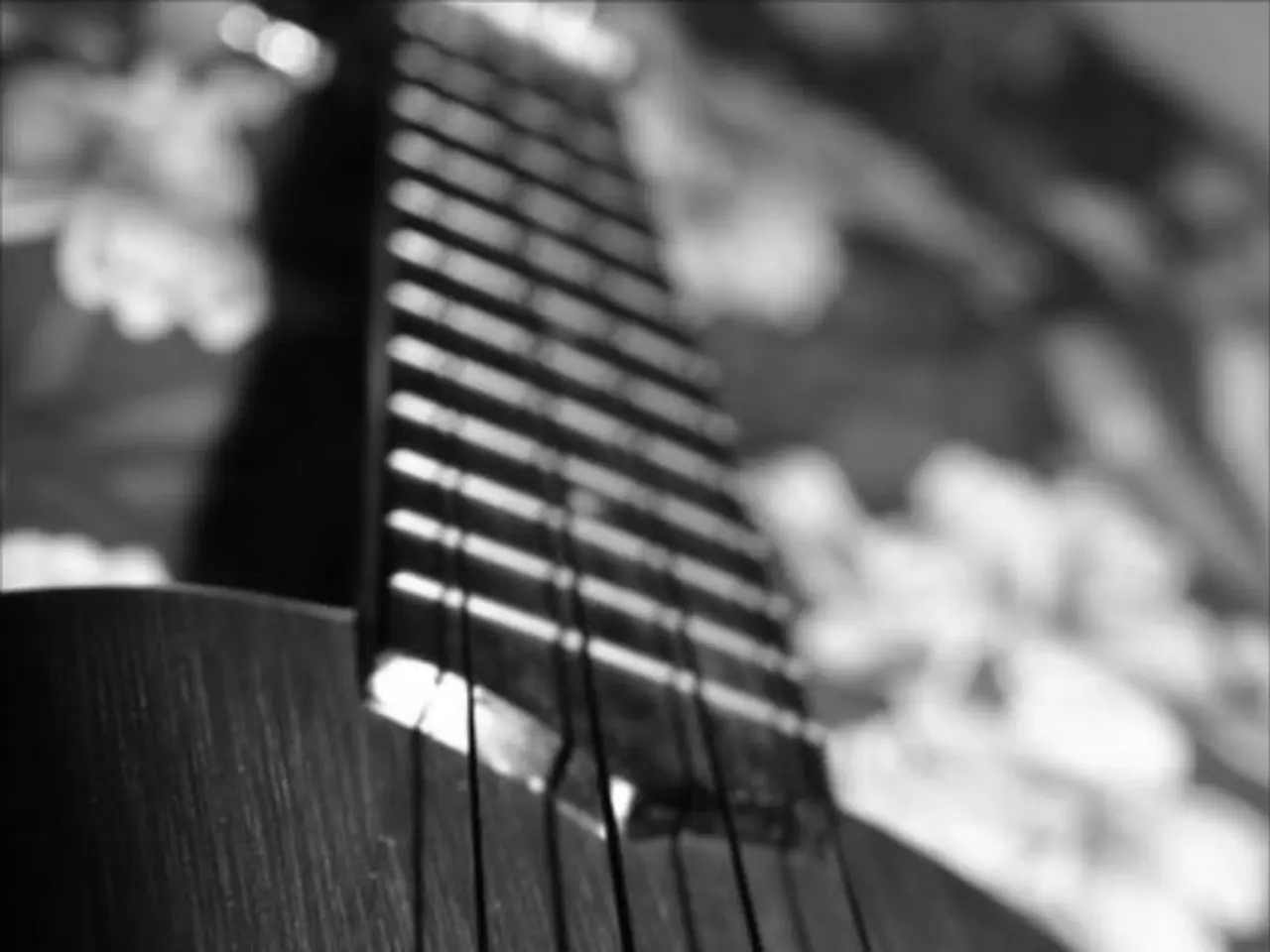Experiencing knee popping and discomfort: Understanding potential causes and when to seek medical advice
In the world of joint health, knee popping and persistent pain are common concerns for many individuals. This article explores some of the most common causes of these symptoms and the recommended treatments.
Knee popping, clicking, and creaking are often a result of the knee's anatomy, but when accompanied by pain or swelling, it could indicate an underlying problem. Common causes of such conditions include meniscus tears, ligament injuries such as ACL tears, bursitis or tendonitis, osteoarthritis, rheumatoid arthritis, and loose bodies (small fragments of bone or cartilage within the joint).
Meniscus tears, for example, can occur when someone suddenly rotates or bends the knee with significant force. Damaged cartilage may cause fragments to trap or rub within the joint, producing popping, locking, and sharp pain.
Ligament injuries, like ACL tears, destabilize the knee, resulting in noises and chronic discomfort. Inflammation of bursae or tendons around the knee causes swelling, friction noises, and pain.
Osteoarthritis, a degenerative joint disease, leads to bone-on-bone friction, formation of bone spurs, stiffness, grinding, cracking sounds, swelling, and persistent pain. Rheumatoid arthritis, an autoimmune disorder, damages cartilage and bone, causing deformity, pain, and popping sounds. Loose bodies, small cartilage or bone fragments inside the joint, can cause clicking, locking, and pain as they move within the joint space.
Overuse syndromes, such as patellofemoral syndrome or patellar tendinitis (jumper’s knee), from repetitive strain may contribute to pain and discomfort but are less commonly associated with popping sounds.
For ongoing conditions like arthritis or patellofemoral syndrome, the treatment may include physical therapy, adjusting movements to lessen the stress on the knees, using pain medications like nonsteroidal anti-inflammatory drugs, and maintaining a moderate weight to reduce pressure on the knee joints. In some cases, surgery may be necessary, and the use of assistive devices such as braces or canes may also be recommended.
The Arthritis Foundation also recommends taking steps to reduce the risk of injury during high impact sports and encourages regular exercise to keep the muscles around the knees strong and improve balance.
If you experience knee popping and pain that prevents you from moving the knee through its full range of motion, or if you cannot put weight on the knee, it's important to contact a doctor for a thorough examination. Early diagnosis and treatment can help manage symptoms and prevent further damage.
[1] Arthritis Foundation. (2021). Knee Pain. Retrieved from https://www.arthritis.org/health-wellness/pain-management/pain-relief-strategies/pain-management/knee-pain
[2] Mayo Clinic. (2020). Knee Pain Causes. Retrieved from https://www.mayoclinic.org/symptoms/knee-pain/basics/causes/sym-20050769
[3] Johns Hopkins Medicine. (2021). Knee Pain. Retrieved from https://www.hopkinsmedicine.org/health/conditions-and-diseases/knee-pain
[4] Cleveland Clinic. (2021). Osteoarthritis of the Knee. Retrieved from https://my.clevelandclinic.org/health/diseases/16695-osteoarthritis---knee
[5] American Academy of Orthopaedic Surgeons. (2021). Knee Osteoarthritis. Retrieved from https://orthoinfo.aaos.org/en/diseases--conditions/knee-osteoarthritis/
- Despite common assumptions, knee popping can signal underlying problems, such as meniscus tears, ligament injuries, bursitis, tendonitis, osteoarthritis, rheumatoid arthritis, or loose bodies.
- Sudden rotations or significant bending force can cause meniscus tears, leading to popping and sharp pain.
- Damaged cartilage from ligament injuries can generate popping and locking sensations, as well as chronic discomfort.
- Bursitis or tendonitis around the knee can cause inflammation, resulting in swelling, friction noises, and pain.
- Osteoarthritis, a degenerative joint disease, has symptoms that include bone-on-bone friction, bone spurs, stiffness, grinding, cracking sounds, swelling, and persistent pain.
- Rheumatoid arthritis, an autoimmune disorder, damages cartilage and bone, producing deformity, pain, and popping sounds.
- Loose bodies, composed of small cartilage or bone fragments within the joint, trigger clicking,locking, and pain as they move within the joint space.
- Overuse syndromes, like patellofemoral syndrome or patellar tendinitis, may contribute to knee pain but are less likely to cause popping sounds.
- For ongoing conditions like arthritis or patellofemoral syndrome, treatments may include physical therapy, adjusting movements, pain medications, maintaining an appropriate weight, and potentially surgery.
- Regular exercise, recommended by the Arthritis Foundation, helps strengthen muscles around the knees and improve balance, minimizing knee pain risk during high impact sports.
- If knee popping makes it difficult to move the knee through its full range of motion or if one cannot put weight on the knee, a doctor should be contacted immediately for a thorough examination.
- Early diagnosis and treatment of knee problems can help manage symptoms and prevent further damage.
- Medications, such as nonsteroidal anti-inflammatory drugs, may be prescribed to alleviate pain associated with knee conditions.
- In some cases, assistive devices like braces or canes may be recommended to help manage knee pain.
- Proper nutrition plays a crucial role in maintaining overall health and reducing the risk of chronic diseases, such as obesity, which can aggravate knee pain.
- Science continually advances our understanding of the connections between mental health, chronic diseases, aging, and their impact on overall health and wellness, including knee pain and other mens, womens, and general health-related issues.




